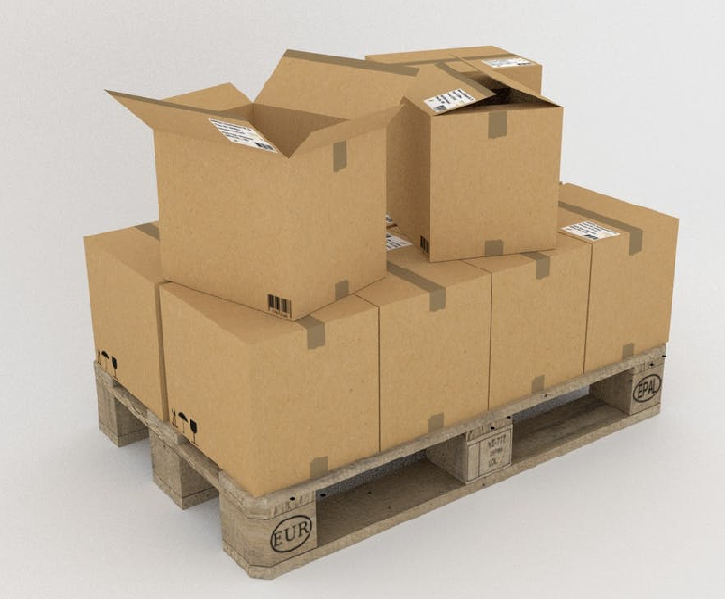 When you need to save on LTL shipping, it can be difficult for shippers to find the lowest rate that will fit their shipping needs. LTL (less-than-truckload) freight shipments involve small freight deliveries that are too large to be considered parcels, yet too small to fill an entire truckload. LTL freight shipping rates can be very complex and confusing, but third-party logistics (3PL) providers, such as Logistics Plus, can help ensure you are receiving the best possible rate. Make sure you follow these tips to save the next time you have an LTL shipment:
When you need to save on LTL shipping, it can be difficult for shippers to find the lowest rate that will fit their shipping needs. LTL (less-than-truckload) freight shipments involve small freight deliveries that are too large to be considered parcels, yet too small to fill an entire truckload. LTL freight shipping rates can be very complex and confusing, but third-party logistics (3PL) providers, such as Logistics Plus, can help ensure you are receiving the best possible rate. Make sure you follow these tips to save the next time you have an LTL shipment:
- Know exactly what your shipment is
- It is crucial to be exact when weighing and calculating the size of a shipment. Shippers should never use an estimate for the weight or size of their items because if they are wrong, carriers will charge additional fees that will only increase the cost of your shipment. Also, find out the exact and correct NMFC item number and description for your commodity and make sure it is noted on your bill of lading. Some commodities even have freight density exceptions that can also impact your rates. More carriers are enforcing bill of lading accuracy and avoiding these surprise fees is a very important way shippers can keep their total costs to a minimum.
- Choose the correct freight class
- Understanding freight classifications is important to saving money on LTL shipments. Freight classifications are based mainly on density, but other factors such as liability and handling are also considered. There is a total of 18 standard classes, and choosing the correct one is crucial to avoiding additional fees and costs. A lot of times, these freight classes are negotiable with carriers making it possible to reduce your shipping costs as much as possible.
- Maximize your pallet space
- Most LTL carriers have very specific and often complex cubic capacity rules which can greatly increase the cost of your shipment. Carriers impose minimum cubic capacity rules to effectively counter very light, fluffy shipments that take up more than their fair share of a trailer. In most cases, if a shipment consumes 750 cubic feet of space or more, and the shipment has freight density of less than 6 pounds per cubic foot, it’s not paying its fair share. In these cases, carriers will often default to a higher freight classification with minimum weight and size rules and lower (or no) discounts. To save money on LTL shipping, make sure you fully understand the minimum cubic capacity of the carrier you choose and maximize that space. Maximizing your pallet space and increasing the density of your shipment is a great way to save on LTL shipping.
- Consolidate orders
- If it is possible, try to combine small LTL shipments into one larger shipment. A lot of times, multiple small shipments will be going to the same location daily. If these shipments are consolidated into one, rates will decrease and you will save money. It is vital to understand exactly when orders must be delivered because it makes it much easier and cost effective to combine orders that will be headed to the same location. An experienced 3PL partner can help you with a complete LTL freight analysis to determine if you have any consolidation or savings opportunities.
- Use proper packaging
- Most carriers have limited liability policies, so it is important to correctly package your shipments to avoid damages. Attaching freight to the pallet by using shrink-wrap or other protective wraps can help you avoid damages to your shipments. Also, be sure to make note of fragile shipments by adding labels or signs that are easily visible on the packaging. The condition of the package upon arrival is important to all customers. If your shipment is extremely valuable, you might also consider purchasing cargo insurance for added protection.
- Determine the net cost
- Focusing on the net cost of LTL shipments is the best way to save money on shipping. There are so many factors such as weight, height, distance, delivery time, and accessorial service options that become forgotten when choosing the best rate. Considering all of these costs and combining them into one final price will give a more accurate and precise net cost of your shipment. It is important to not get caught up in just reviewing the freight or discounted rates because a lot of times, there are additional fees and charges that will factor into the final cost.
Here’s the bottom line: If you have LTL shipping needs and want to ensure that you are not overpaying, then contact Logistics Plus today!

